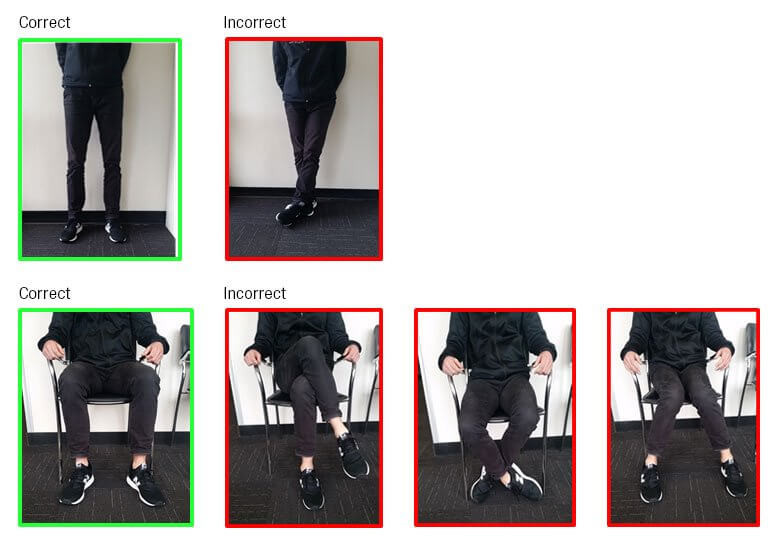Lateral Hip Pain: what is it, and what you can do every day to make it better?
Tom Vogel provides some helpful information about outer hip pain, and some practical strategies to implement on a daily basis to help. Tom is an Accredited Exercise Physiologist with ESSA and is part of the Health in Balance team located at Elsternwick, Victoria.
Lateral hip pain (also known as greater trochanteric pain syndrome) can be a debilitating condition, preventing you from being as active as you’d like to be. It is most prevalent in women over 40 years of age but can occur in all populations and can occur without the presence of a traumatic event, such as a fall.
There are multiple pathologies under the umbrella of lateral hip pain, including:
Gluteal tendinopathy (now considered the most prevalent)
Bursitis
Muscle tears/strains
Pain can present as a dull ache or tenderness around the lateral hip/thigh and buttocks. This pain can lead to difficulty standing/sitting, getting out of a chair, climbing stairs and eventually limping. The presence of lateral hip pain sometimes presents alongside lower back pain, but causality should not be assumed.
While ongoing, tailored exercise is important in the treatment of lateral hip pain, being aware of your body positioning for the 98% of time you’re not exercising can be just as important. Exercise therapy simply cannot have its full impact if all the hard work you are doing is being undone by poor postures. Some examples of provocative positions to avoid include:
SITTING – Avoid sitting cross-legged, with crossed ankles or knock-kneed (avoiding hip adduction, internal / external rotation).
STANDING – Avoid standing cross-legged or predominantly on one-leg (avoiding hip adduction).
SLEEPING – On the affected hip or in excessive hip adduction. Try placing a pillow between your knees in a side-lying position.
Recent evidence suggests initial isometric loading of the gluteal tendon, followed by low-velocity, high tensile loading and progressing to functional strength and movement re-training is ideal in the management of lateral hip pain.
While injections can be successful in improving short-term pain outcomes, they have been less successful for preventing long-term pain and may simply mask the underlying issues. A structured exercise program following an assessment, combined with load modification and education are considered the best management strategy.
For further information about Lateral Hip Pain, and how a tailored exercise plan will assist with your rehabilitation, fitness, and health goals, don’t hesitate to contact Health in Balance on 03 9523 5110.
REFERENCES:
Gluteal Tendinopathy: A Review of Mechanisms, Assessment and Management https://link.springer.com/article/10.1007/s40279-015-0336-5
Exercise and load modification versus corticosteroid injection versus ‘wait and see’ for persistent gluteus medius/minimus tendinopathy (the LEAP trial)- a protocol for a randomised clinical trial
Greater Trochanteric Pain Syndrome Diagnosis and Treatment


